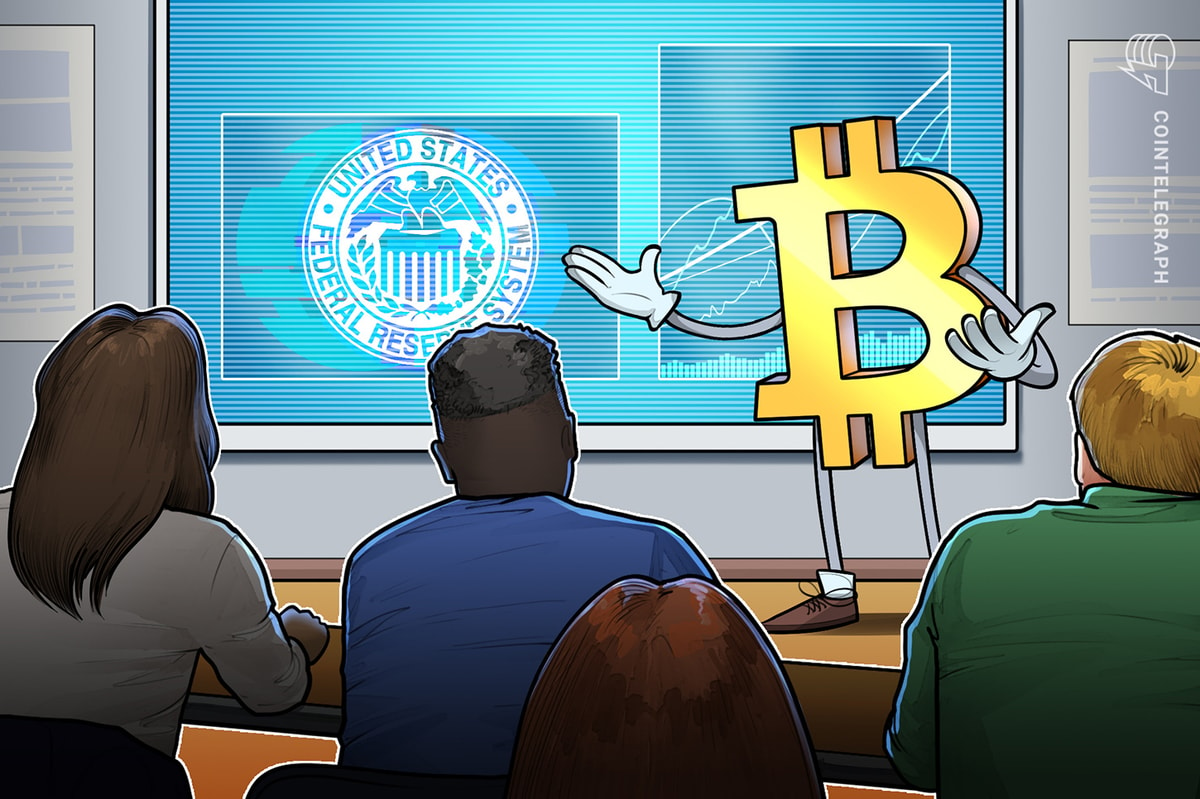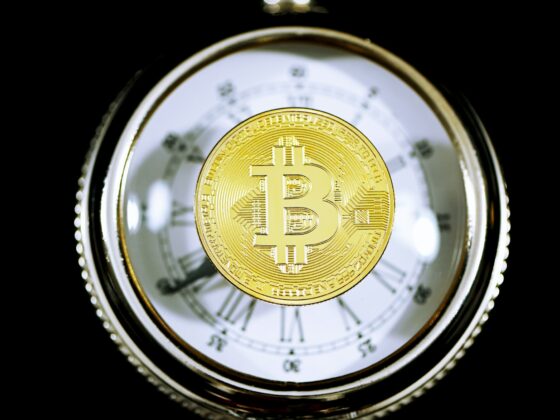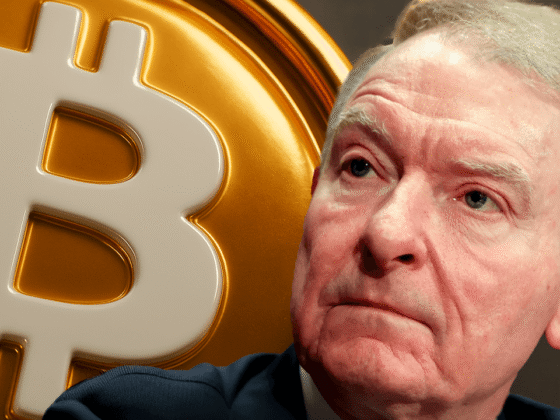Key takeaways:
-
A surprise Federal Reserve interest rate cut could reduce the appeal of fixed income, pushing some capital toward assets like Bitcoin.
-
Bitcoin benefits from loose monetary policy as excess liquidity and strong macro conditions boost risk appetite.
Bitcoin (BTC) could rally above $140,000 if the United States Federal Reserve (Fed) delivers a surprise cut below the current 4% level. While most market participants anticipate no change in rates for today’s Federal Open Market Committee (FOMC) policy meeting, even a small reduction could lower returns on fixed income, pushing traders toward higher-yielding alternatives and increasing demand for risk assets.
Fed meeting comes amid strong macro data and inflation easing
According to the CME FedWatch tool, which calculates implied interest rates from US Treasury note pricing, the odds of maintaining current levels stand at 97%. What makes the situation unusual is that the meeting comes as macroeconomic data has been consistently strong — inflation has cooled, recession risks have faded, and growth has held steady.
The US economy expanded at a 3% annualized rate in the second quarter, based on the Bureau of Economic Analysis’s advance estimate. This growth followed a surge in imports ahead of President Trump’s global trade war. Market sentiment has shifted sharply: the probability of a US recession in 2025 fell to 17% on the Polymarket prediction platform, down from a 66% peak in May.
Inflationary pressures have also eased. The June Producer Price Index (PPI), released July 16, rose just 2.3% from a year earlier, the lowest reading since September 2024. CNBC reported that US import tariffs are having only a marginal effect on the economy and consumer prices. Even so, Fed officials remain wary of potential downstream effects from trade policy.
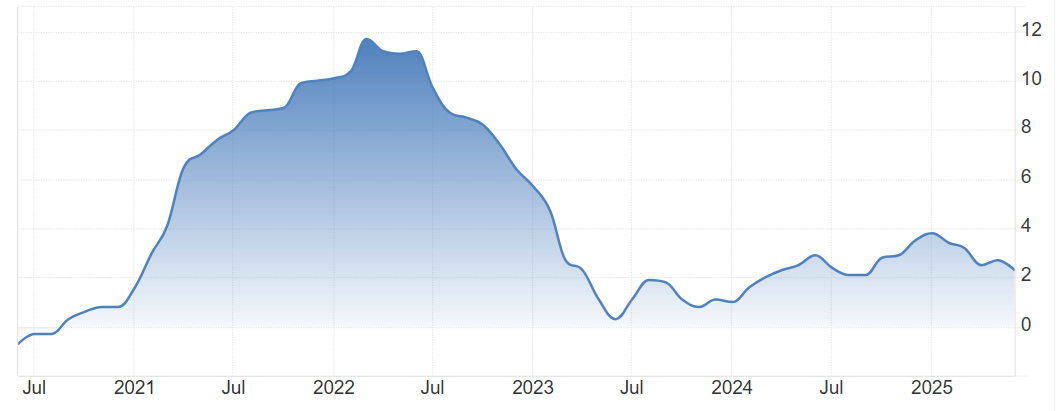
US President Trump has repeatedly criticized the Fed’s monetary stance, calling on Chair Jerome Powell to cut rates without delay. “No Inflation! Let people buy, and refinance their homes!” the President urged. Powell, however, has given no indication he plans to change course this week, according to Yahoo Finance.
Bitcoin benefits from loose policy, but depends on broader money supply growth
For Bitcoin investors, looser monetary policy is generally supportive, though it hinges on more than the Fed’s benchmark rate. Risk-on assets are heavily influenced by the growth of the money supply, especially M2, which includes cash, savings accounts, certificates of deposit, and money market funds. M2 expansion is also affected by the US Treasury’s decisions on debt issuance.
A higher liquidity environment tends to benefit both the S&P 500 and Bitcoin, though the effect is often gradual. A rate cut to 3.75% from 4% could push investors away from the $25.4 trillion government and corporate bond markets. Even if inflation holds below 2.5%, the fixed income yield advantage would diminish, making risk assets more attractive.
Lower interest rates also reduce borrowing costs for companies and households, encouraging greater leverage over time. This added liquidity fuels economic activity and, in turn, investor willingness to take on risk. Historically, Bitcoin performs well during such phases, when more capital is available and job market conditions remain stable.
Related: Bitcoin momentum loss is pre-FOMC derisking, not a trend change
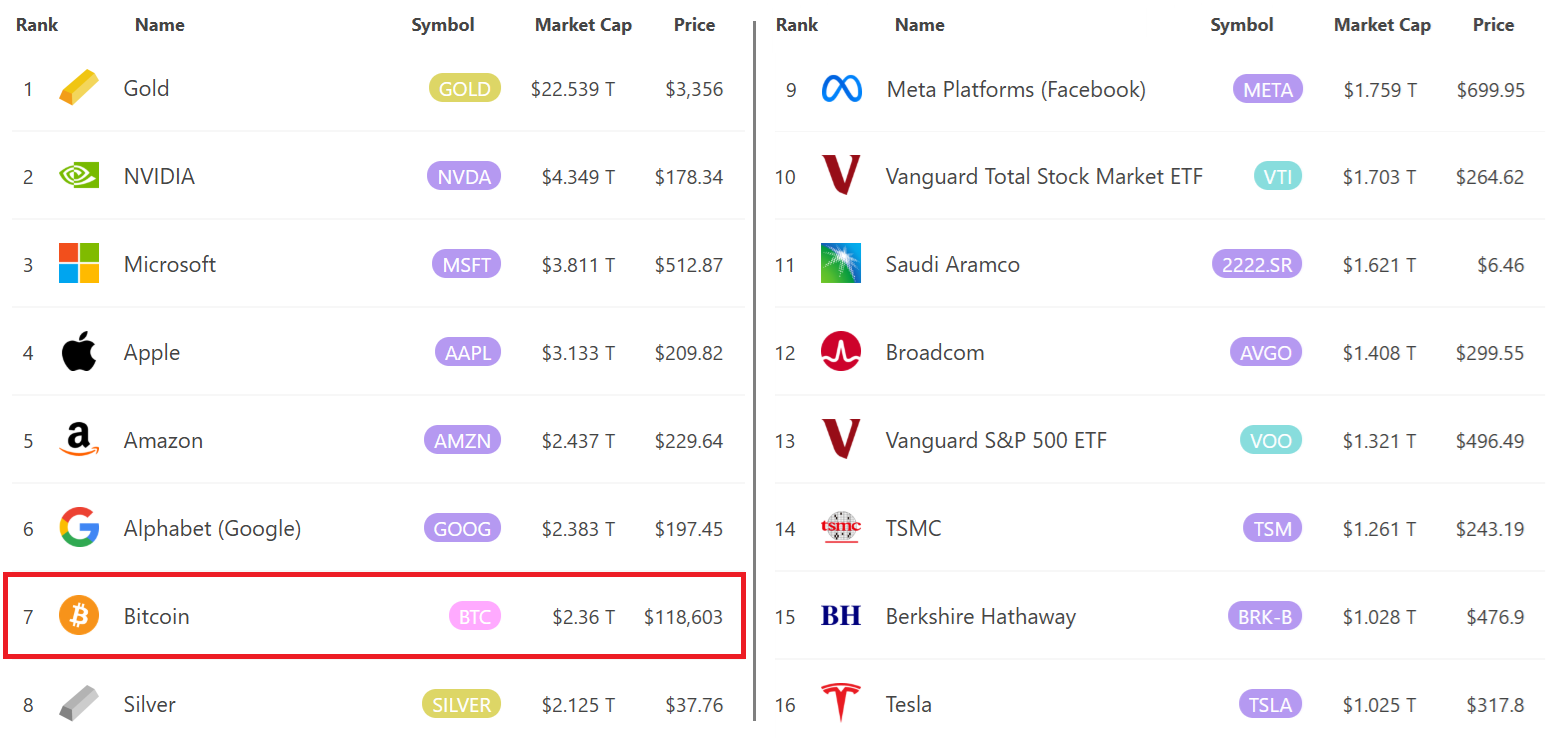
At first glance, a $140k Bitcoin price may seem ambitious, requiring a 19% rise from the current $117,600. However, such a move would imply a $2.78 trillion market capitalization, still an 87% discount to gold’s $22.5 trillion valuation. For perspective, Nvidia (NVDA), now the world’s most valuable company, commands a $4.36 trillion market cap.
While the probability of a rate cut this Wednesday is low, Bitcoin stands to be one of the biggest beneficiaries if it happens. The S&P 500, already valued at $56.4 trillion, has far less room to gain from investors shifting out of fixed income.
This article is for general information purposes and is not intended to be and should not be taken as legal or investment advice. The views, thoughts, and opinions expressed here are the author’s alone and do not necessarily reflect or represent the views and opinions of Cointelegraph.

